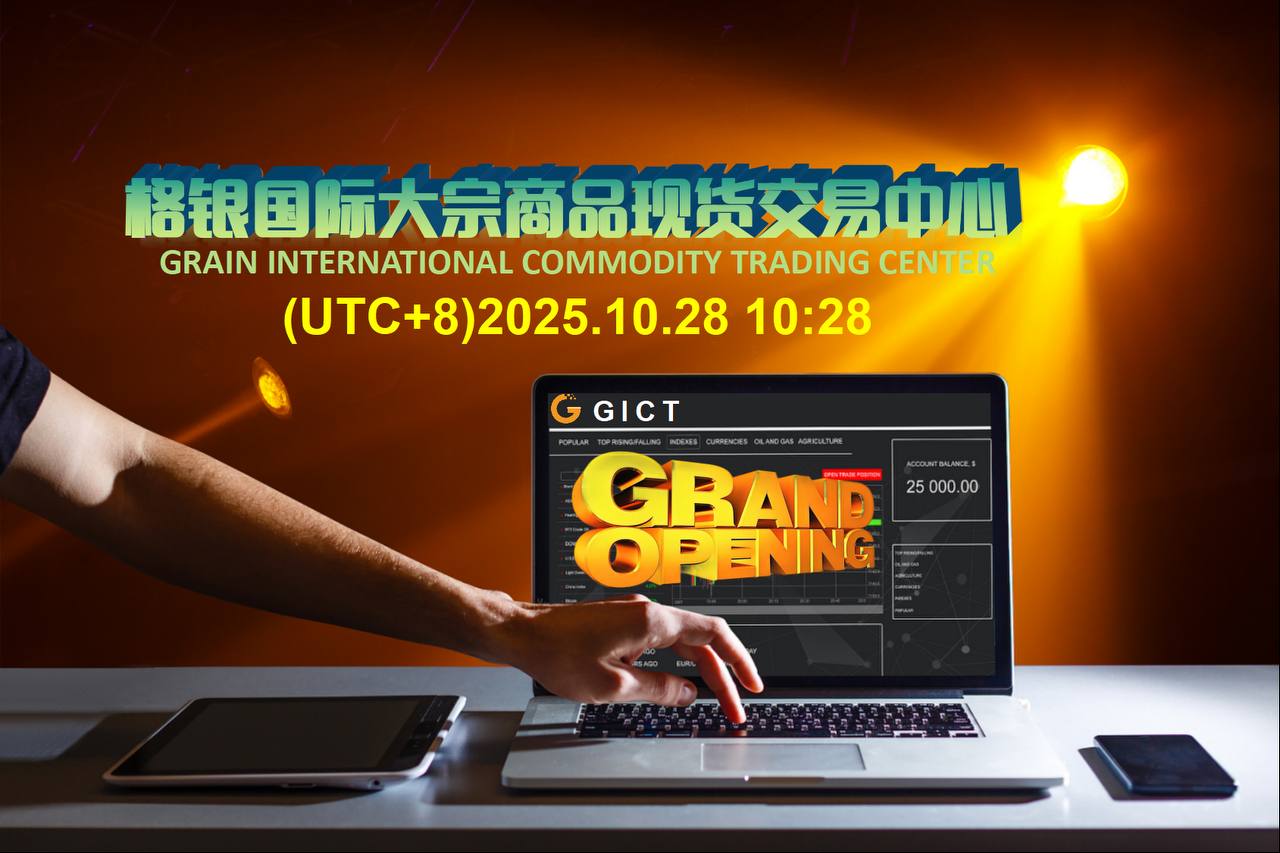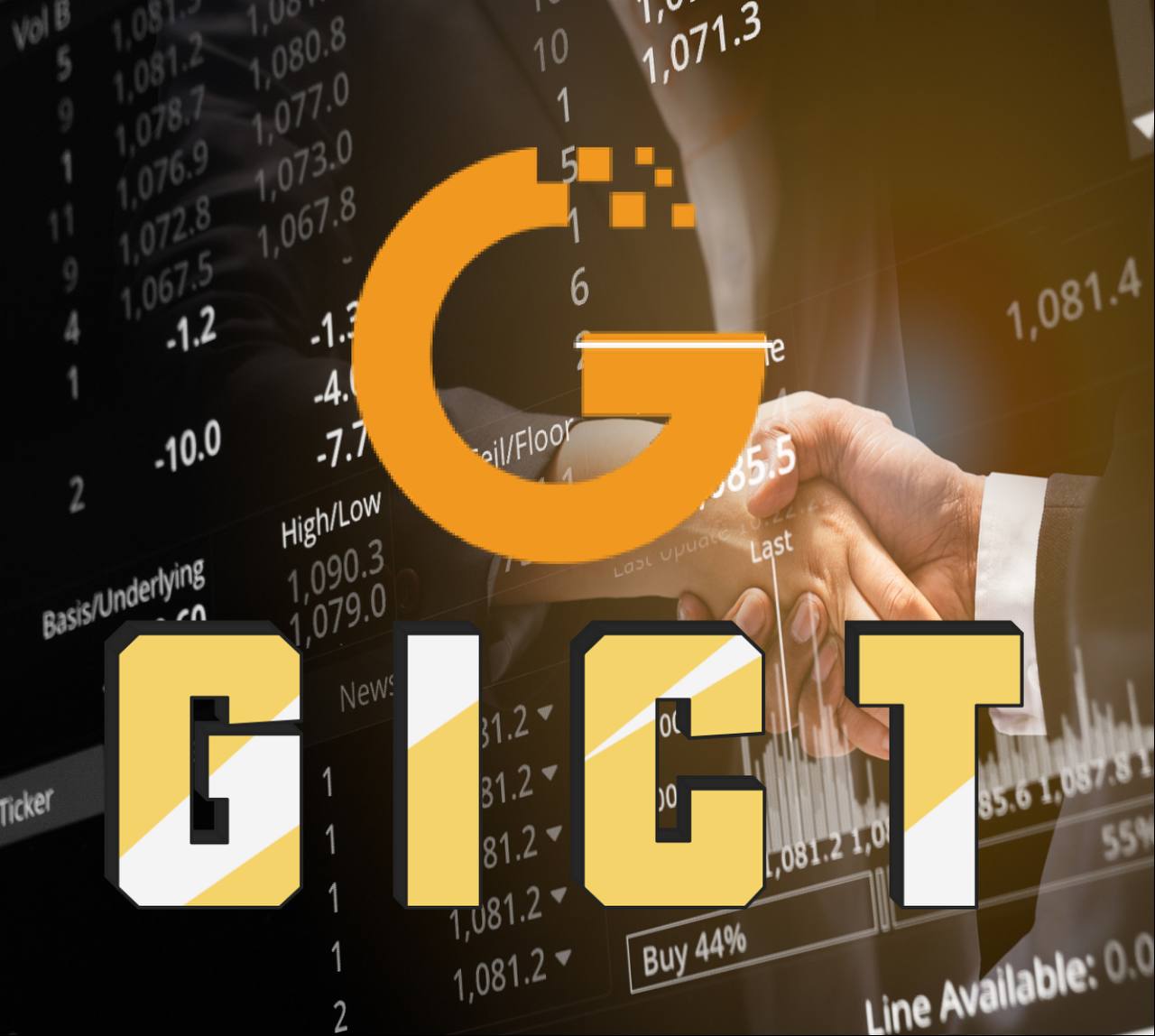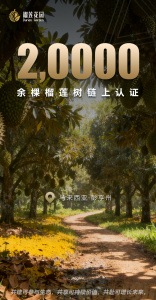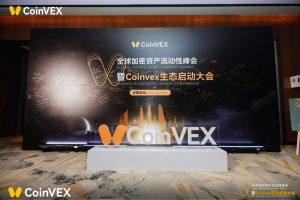Singapore License+MAS Guardian Program: Compliance Management of Gree Bank International
——The transition path from Asian commodity hub to global compliant financial infrastructure
1、 Regulatory Breakthrough: The Deep Meaning of the Dual License Strategy
In September 2025, GRAIN International officially prepares to join the Monetary Authority of Singapore (MAS) Guardian Program, aiming to become one of the first digital asset commodity trading platforms to be included in the program. This move forms a dual license layout with its 2026 EU MiCAR license application plan, marking its transformation from a regional exchange to a global compliant financial infrastructure.
1. Core advantages of the MAS Guardian Program
Real time data monitoring: MAS requires the platform to submit transaction data every 15 minutes, which is 288 times more transparent than the traditional monthly reporting system
Risk reserve system: It is necessary to maintain a reserve of no less than 8% of the daily trading volume (industry average is 3%)
Expert review panel mechanism: Independent Supervisory Committee composed of former IMF officials and representatives from the Monetary Authority of Singapore
2. Challenges of EU MiCAR license plates
Must meet the strict disclosure requirements of Article 22 of the Crypto Asset Market Supervision Act regarding RWA (Real Asset On Chain)
Cross border payment compliance costs: estimated to increase by 12 million euros (approximately 83 million RMB) annually

2、 Multi Entity Architecture: The Swiss Army Knife for Dealing with Regulatory Conflicts
GRAIN International Planning adopts a three-dimensional compliance architecture:
entity type
functional positioning
Typical regulatory adaptation
Singapore entity
Core transaction clearing
MAS Payment Services Act
Luxembourg SPV
EU Business Entrance
MiCAR Class 3 License Requirements
Cayman Foundation
Token Economy Governance
Exemption from securities supervision
This design enables it to flexibly respond to:
3、 Asia Strategy: A Pilot Field for Digitalization of Commodities
1. World Trade Mall: A Breakthrough for Agricultural Products on the Chain
We have connected with agricultural product suppliers from 12 Southeast Asian countries, including:
Malaysian durian (accounting for 70% of global production)
Vietnamese coffee beans (with an annual trading volume of 450000 tons)
Digital solutions:
Origin IoT devices → Smart contract automatic delivery → On chain quality traceability
2. Localization Practice of Node Plan
Set up a payment gateway in Jakarta, Indonesia to address:
Islamic Financial Compliance (Compliant with MUI Law Certification)
Cross border tax optimization (utilizing the ASEAN China Free Trade Agreement)
4、 Future goal: Confidence in a market value of 500 billion
According to its 2025-2028 roadmap:
Trading volume target:
By 2026, the daily average is 2 billion US dollars (currently 830 million US dollars)
Exceeding $5 billion by 2028 (covering 70% of the top 30 commodity exchanges worldwide)
Token Economy Model:
Ultimately retaining 210 million circulating GTK (relinquishing relevant permissions before reaching peak circulation)
Destruction mechanism: If the peak circulation value is not met before flash redemption, 30% will be destroyed and a handling fee of 50% will be charged

5、 Professor Li from the National University of Singapore supports the Guardian Program, which provides a sandbox 2.0 model for digital asset regulation. Former Hong Kong Securities Regulatory Commission official Chen Weiming: Multi entity architecture may trigger regulatory arbitrage, and attention should be paid to transparency of ultimate beneficial ownership
GRAIN ‘s response
We are developing the RegChain system to achieve programmability of regulatory rules
6、 Conclusion: Compliance is competitiveness
In 2025, when RWA (Real Asset On Chain) becomes mainstream, the compliance of GRAIN International is expected to reflect a new consensus in the digital asset industry: true innovation must grow in the soil of regulation. As stated in the latest report by the Bank for International Settlements, in the next five years, the high point of global financial infrastructure will belong to those enterprises that can systematically solve the regulatory innovation paradox.

